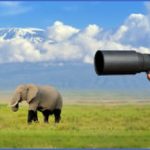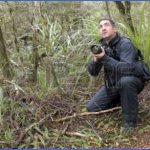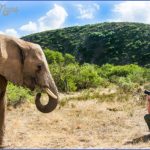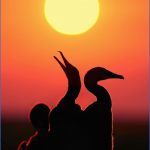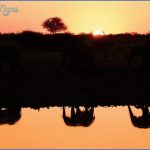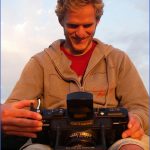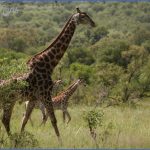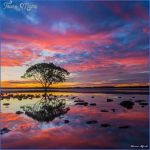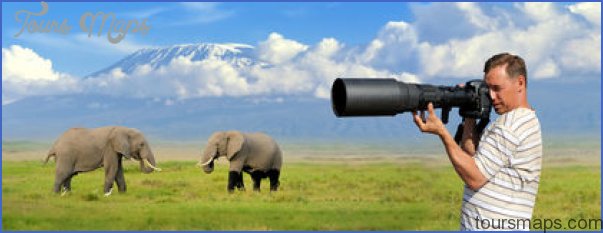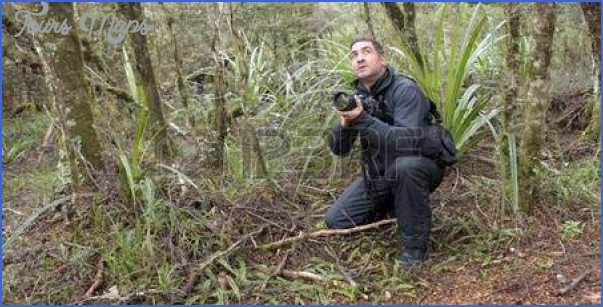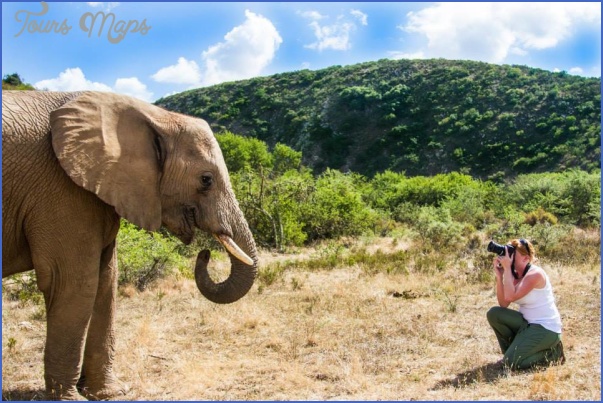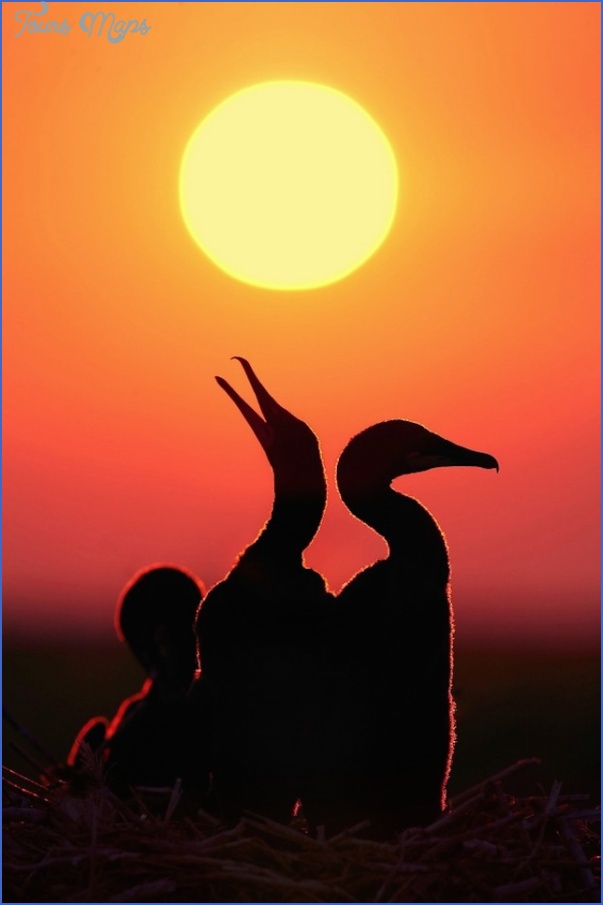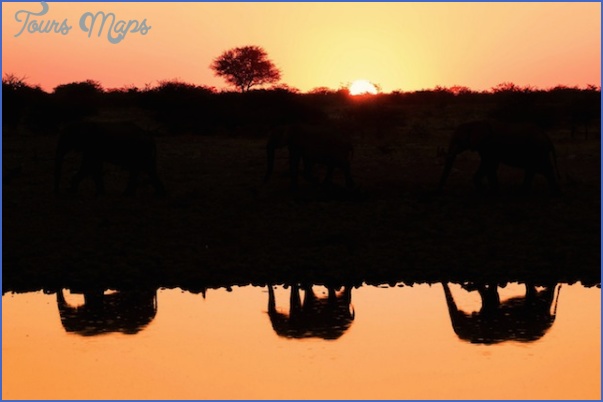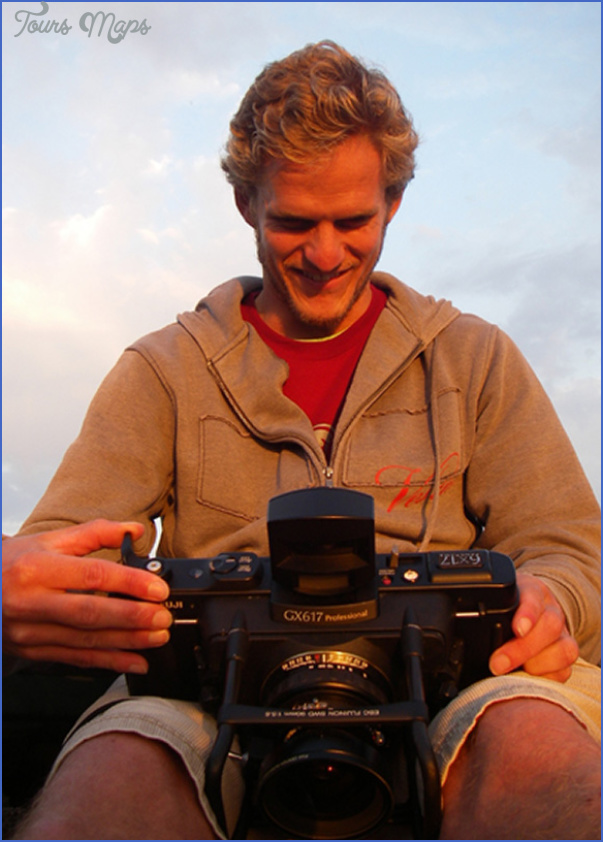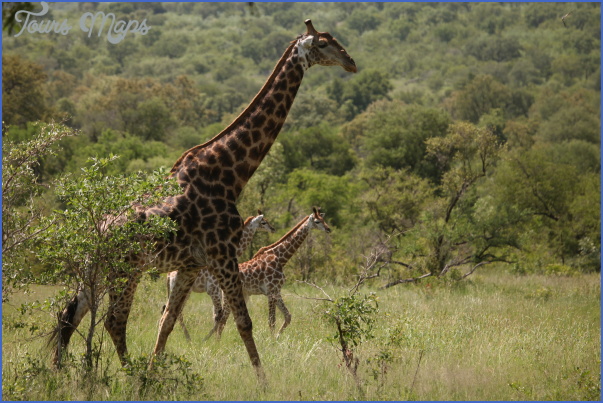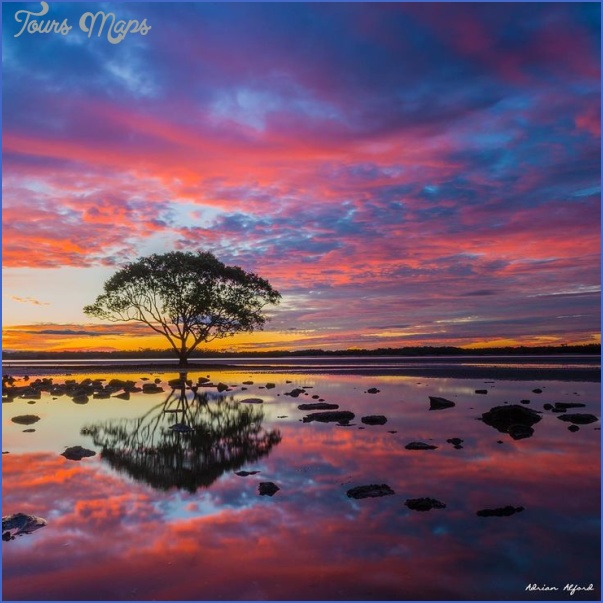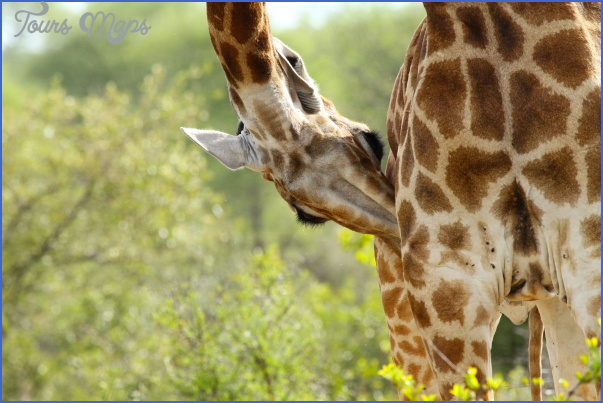You might assume, even in mist, that a lake that’s a hectare in area is not difficult to find, especially if you have been to it on more than one occasion. A lake that my good friend from schooldays, Martyn Jones, and I had been to numerous times in our teens when we were both avid walkers. And we returned there decades later to renew our acquaintance with this glorious but isolated spot. Except that we couldn’t find it! It was there alright – we have been back since and it hasn’t changed one bit in many decades – but, even though it was midsummer, the hill mist had descended, it was raining and it was surprisingly cold. We had been walking due north from Drygarn Fawr and kept as close to that direction up and down one set of peaty hollows after another. Or so we thought.
We knew we must be near the lake; we had walked roughly the right distance. The grassy bank behind it was an obvious feature that stood out more than the lake itself and we were familiar with that bank from past visits. On more than one occasion, there it was, looming out of the mist. We recognised it. Only it wasn’t the bank. Small peaty hummocks can seem surprisingly large when mist plays incredible tricks with your sense of perspective. Wandering off towards one supposed grassy bank after another, it was Martyn who checked his compass. We had walked ourselves in a complete circle, and we were heading back in precisely the direction from which we had set out. We were lost. It was time to stop, get out some food – in the cold and rain – and re-prime our drained energy levels. Colder and wetter still, though at least not hungry, we had to call it a day. We heard a stream, assumed it was the Afon Elan (in this, at least, we were right) that drains out of the lake but we were too tired to walk upstream to try and find it. Instead, we walked downstream to the Elan Valley, out of the mist and into distant habitation.
Nature Wildlife And Travel Photography Photo Gallery
Getting lost in boggy moorland in mist is perhaps excusable; getting equally lost on waterways in a canoe in a national park and on a bright spring day hardly so.
I was in the Biesbosch National Park in South Holland, a delightful maze of creeks and river channels, many of them surrounded by tall willow and aspen woodland, located in the floodplain of the Rivers Rhine and Meuse. I’d come here to see European Beavers, reintroduced into this watery gem of a wilderness in one of the most densely populated countries in the world. It was background for a feature later published in The Countryman magazine.
Beavers were first reintroduced here from Germany’s River Elbe, a programme that began in 1988, and they are thriving. Since then, many more have been reintroduced and, according to the national park’s Hans Brunning, the Biesbosch now has around 250 beavers. They occupy about 90 lodges, accessible from underwater via a tunnel they dig themselves. Mainly nocturnal, they come out in the evening, often before the sun sets, and stay out all night.
I knew it wasn’t going to be possible to spot a beaver until dusk; even then I realised that the odds were against it. But I wanted to explore some of the national park’s myriad of narrow water channels by day. So I hired a canoe. Not being a swimmer, I made sure I had a life vest too. What I hadn’t bargained on was how tiring the paddling is, especially when you haven’t paddled a canoe for a decade or more! At first it was sublime. There was no one else on the water. I pootled along, avoiding overhead branches, stopping to admire bunches of canary-yellow Kingcups burgeoning along the sides of some of the tiny creeks. Stately herons flew up in front, disturbed from a morning’s fishing; Mallard adults chaperoned their youngsters aside as I passed nearby; Reed Warblers sang from bulrush stands and thrushes from the trees above. Bluethroats, attractive little birds that come here in summer to breed, dived into cover from banksides and pouted their tumbling, fluted cacophony of a song.
By now, a few hours had gone past; I had turned this way and that at more water channel junctions than I could possibly recall, paddled along some that were hardly wider than my tiny vessel and others as wide as a large river. My map made little sense because I forgot to consult it most of the time. There was too much else to savour all around. Trouble was, I was completely lost.
Heading along a much wider waterway (the width I reckon of the Thames in London), I kept near one side to avoid the wakes of larger craft that all too easily sent my canoe heaving up and down disconcertingly. Until I spotted two ladies in a rowing boat heading towards me, I had not seen anyone to elicit naval directions from. So I canoed into the path of the oncoming Dutch ladies who stopped and told me that I was, indeed, paddling in the right direction to get back to the canoe centre. Mighty relief.
Maybe You Like Them Too
- DUBAI UNITED ARAB EMIRATES
- Anniston Map
- Wildlife Travel Guide
- Wildlife Travel To Alonissos
- National Wildlife Travel

